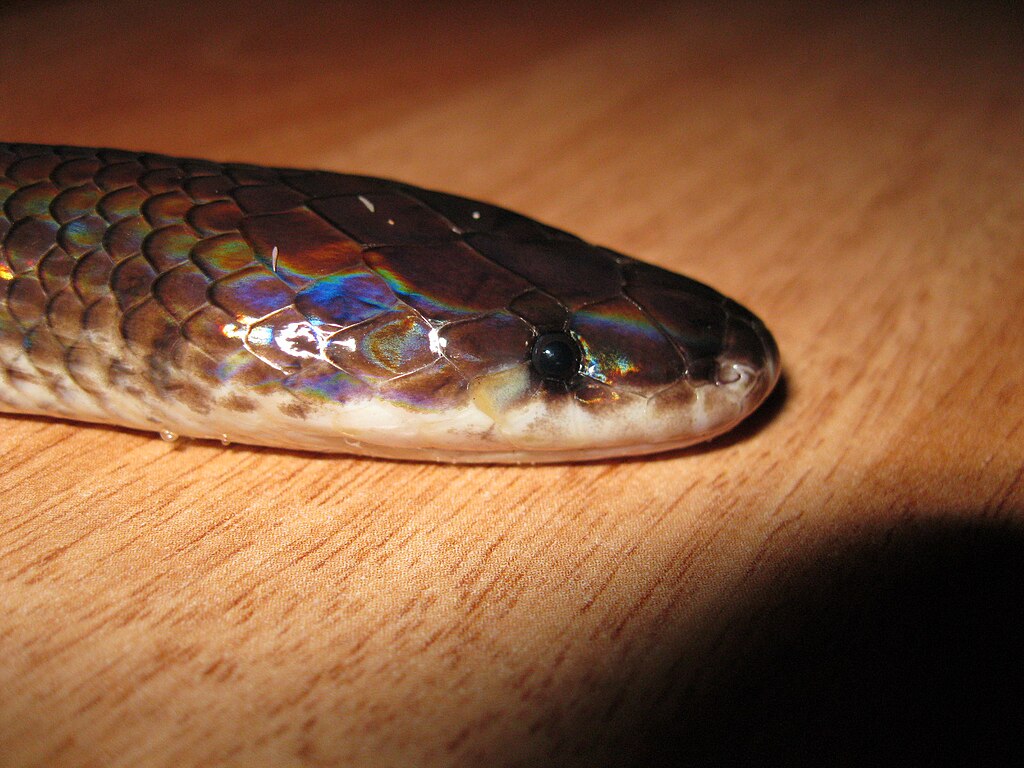In the diverse world of reptiles, snakes exhibit fascinating adaptations to their environments. Among these adaptations, the preference of certain snake species for muddy water over clear water stands out as a particularly interesting behavior. This preference isn’t merely coincidental but represents millions of years of evolutionary adaptation that has helped these serpents survive and thrive in their ecological niches. From enhanced hunting capabilities to improved protection from predators, the murky depths offer numerous advantages that clear waters simply cannot provide. This article delves into the reasons behind this preference and explores how it shapes snake behavior and survival strategies in various aquatic ecosystems around the world.
The Evolutionary Advantage of Turbidity

Snake species that favor muddy waters have evolved specific adaptations that give them competitive edges in turbid environments. These adaptations often include specialized sensory systems that don’t rely heavily on vision, making murky waters less of a disadvantage compared to other predators. Species like water moccasins and certain water snakes have developed heightened senses of touch and chemical detection that work exceptionally well in low-visibility conditions. Additionally, these evolutionary adaptations often extend to physical characteristics like body coloration that blends perfectly with muddy substrates, creating effective camouflage. This evolutionary trajectory has been shaped over thousands of generations, fine-tuning these reptiles into perfectly adapted predators for murky aquatic environments.
Camouflage and Predator Avoidance

Muddy water provides an excellent backdrop for snakes with earth-toned scales, helping them blend seamlessly into their surroundings. This natural camouflage significantly reduces the risk of detection by both predators and prey, creating a dual advantage for survival. Bird predators like herons and eagles, which rely primarily on visual hunting, find it exceedingly difficult to spot snakes in turbid waters. For species like the northern water snake or the cottonmouth, whose coloration often features browns, blacks, and olive tones, muddy water acts as a perfect concealment strategy. The suspended particles in the water create a disruptive visual effect that breaks up the snake’s outline, making it nearly invisible even when moving slowly through the water column.
Hunting Advantages in Low Visibility
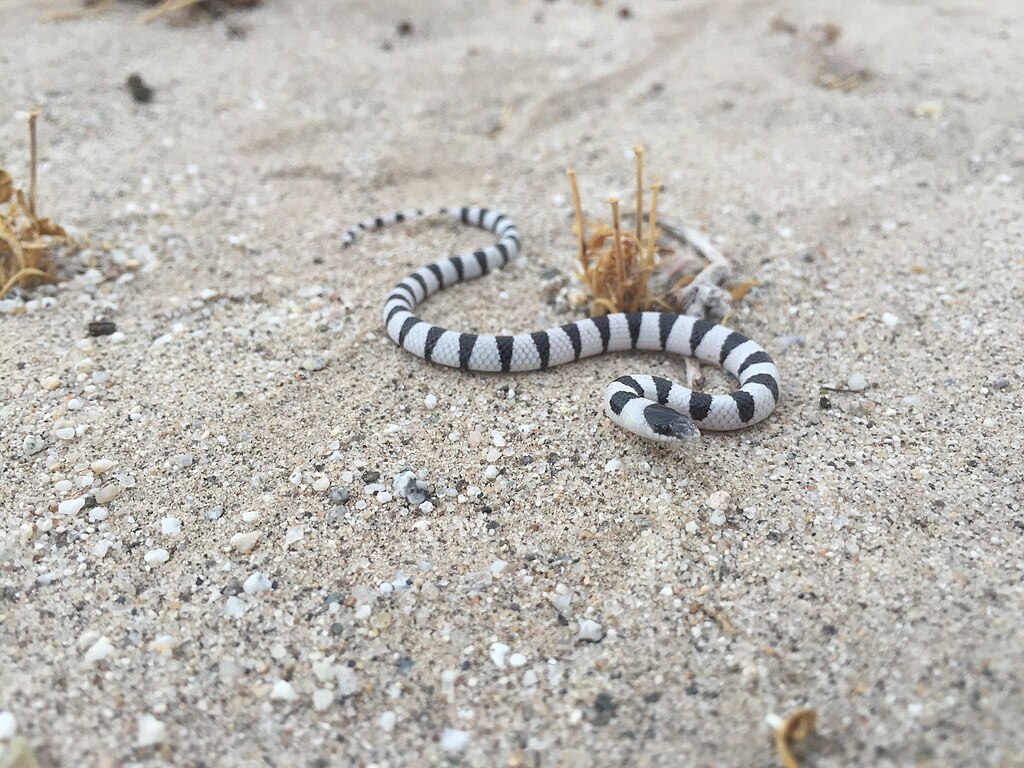
While it might seem counterintuitive, many snake species actually gain hunting advantages in muddy waters. These predators rely less on vision and more on other specialized senses when capturing prey. Water snakes can detect the slightest vibrations in the water through their highly sensitive skin, allowing them to pinpoint fish and amphibians even in zero-visibility conditions. Additionally, specialized heat-sensing organs in pit vipers like cottonmouths can detect warm-blooded prey regardless of water clarity. The cloudy environment also works to the snake’s advantage by limiting the prey’s ability to detect approaching danger, creating an imbalance that favors the predator. This sensory advantage often makes hunting in muddy waters more productive than in clear waters where prey can easily spot approaching threats.
Thermal Regulation Benefits
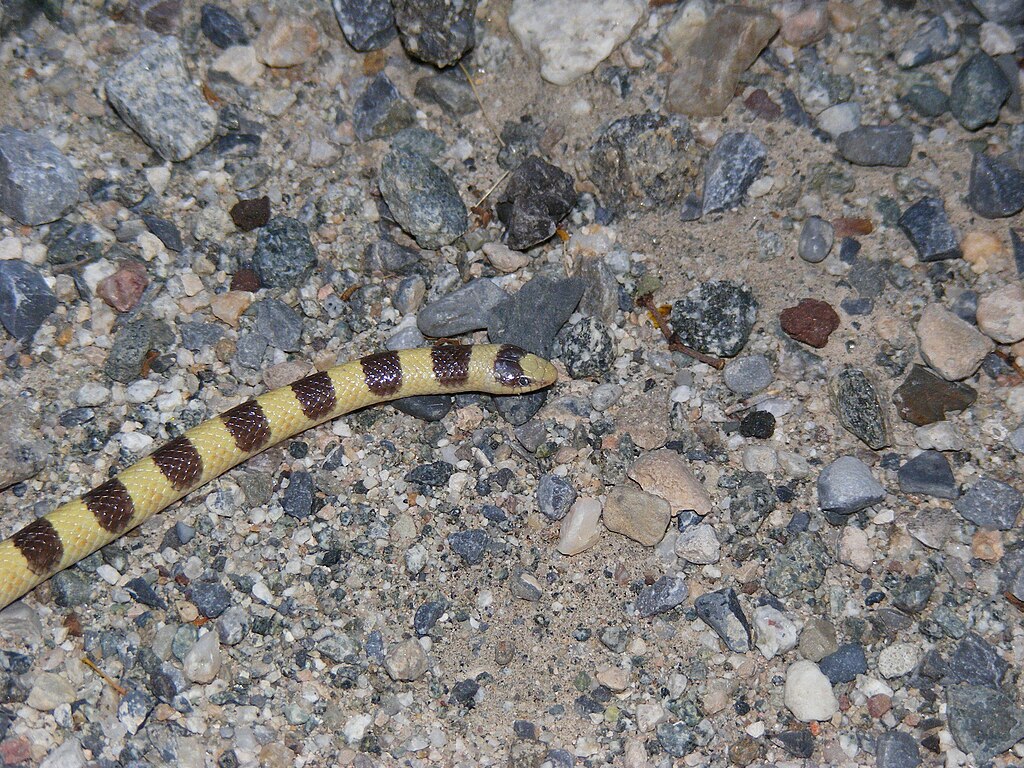
Muddy waters often provide superior thermal regulation opportunities compared to clear waters. The suspended particles in turbid water absorb more solar radiation, creating slightly warmer water temperatures that benefit these ectothermic reptiles. For snakes that require precise body temperature control to effectively digest food and maintain metabolic functions, this thermal advantage can be critical. Species like the common water snake (Nerodia sipedon) actively seek out warmer microhabitats within their aquatic environments, and muddy shallows often provide ideal thermal conditions. During cooler seasons, this temperature difference becomes even more significant, with muddy areas potentially being several degrees warmer than clear water areas in the same body of water.
Protection from UV Radiation

The suspended particles in muddy water serve as a natural sunscreen, filtering harmful ultraviolet radiation that can damage snake skin over time. This protection is particularly important for snakes that spend significant amounts of time near the water’s surface. Research has shown that excessive UV exposure can lead to various health issues in reptiles, including immune system suppression and skin damage. For species like the queen snake that hunt in shallow waters, the filtering effect of suspended sediment provides a protective layer while still allowing them to remain near the surface where prey is abundant. Additionally, this UV protection may contribute to longer lifespans for individuals that preferentially select turbid water habitats over clearer alternatives.
Reduced Competition from Visual Predators
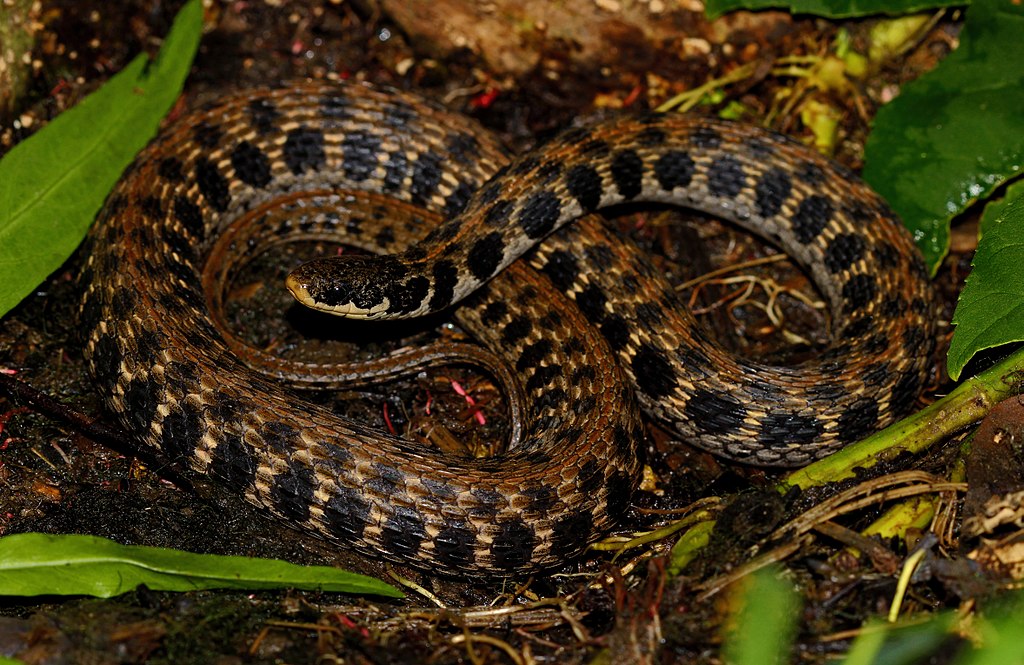
Muddy waters naturally exclude or disadvantage predators that rely primarily on vision for hunting, creating ecological niches that snakes can exploit with minimal competition. Fish-eating birds like kingfishers and ospreys, which depend on clear visibility to spot prey from above, struggle to hunt effectively in turbid conditions. This reduction in predatory competition allows water snakes to access food resources that would otherwise be heavily contested in clearer waters. The absence of these visual hunters also means snakes face fewer instances of being mistaken for prey themselves, as many birds that would attack snakes in clear water cannot detect them in murky conditions. For species like the diamond-backed water snake, this competitive advantage translates directly into higher population densities in turbid water habitats.
Specialized Sensory Adaptations
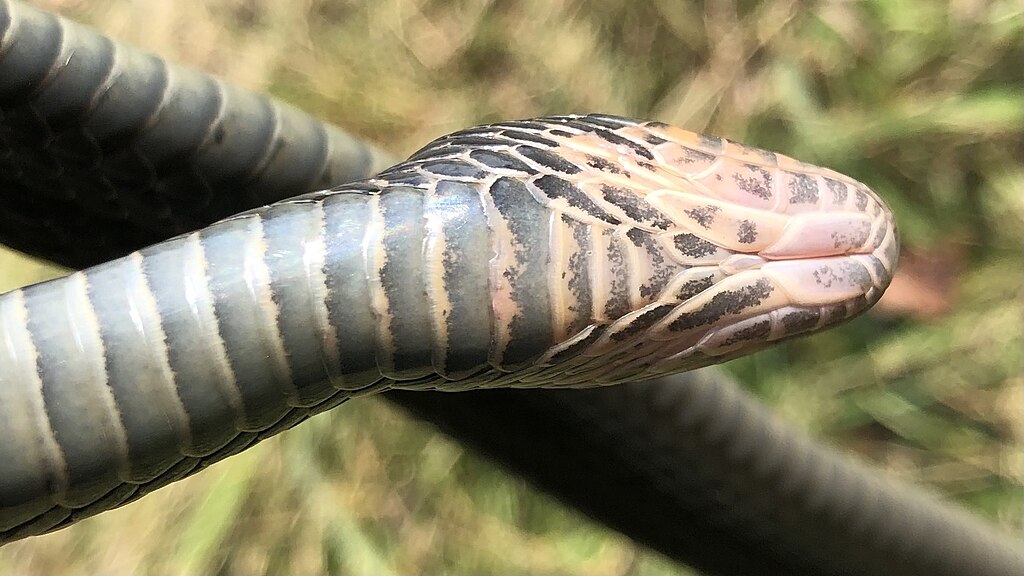
Aquatic and semi-aquatic snakes that prefer muddy waters have developed remarkable sensory adaptations that give them advantages in low-visibility environments. Instead of relying on vision, many species have heightened tactile sensitivity that allows them to detect the slightest movements in the water around them. The scale structure of water snakes often includes microscopic sensory organs that can detect pressure changes and vibrations with extraordinary precision. Some species, like the tentacled snake (Erpeton tentaculatum), have evolved specialized appendages that serve as highly sensitive water movement detectors. Additionally, the vomeronasal organ (Jacobson’s organ) in these snakes is particularly well-developed, allowing them to “taste” the water for chemical signatures of prey even when visibility is completely obscured by mud particles.
Breeding and Nursery Advantages
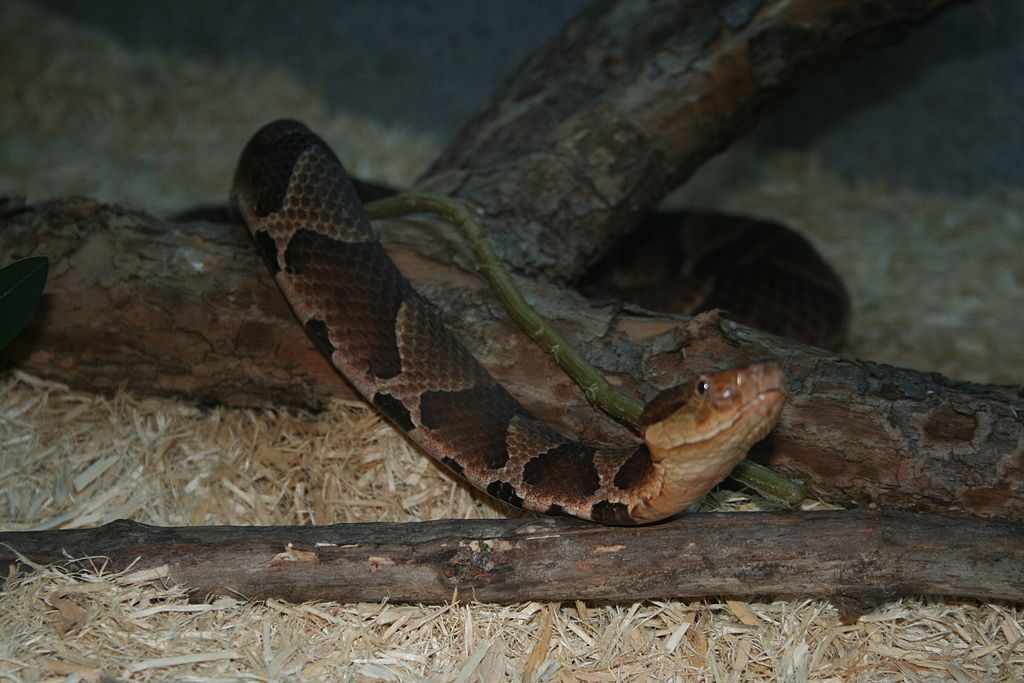
Muddy waters often provide superior breeding grounds and nursery habitats for snake offspring. The reduced visibility offers protection for vulnerable young snakes that would otherwise be easy targets for predators in clear water. Female water snakes frequently select turbid areas for giving birth (in viviparous species) or as ideal locations near which to deposit eggs (in oviparous species). The slightly elevated temperatures in muddy shallows also create optimal conditions for embryonic development, potentially accelerating growth rates and improving survival odds for newborns. For species like the northern water snake that can produce up to 30 young in a single breeding event, this protective nursery environment can significantly impact population sustainability over time.
Ecological Indicators and Habitat Adaptation
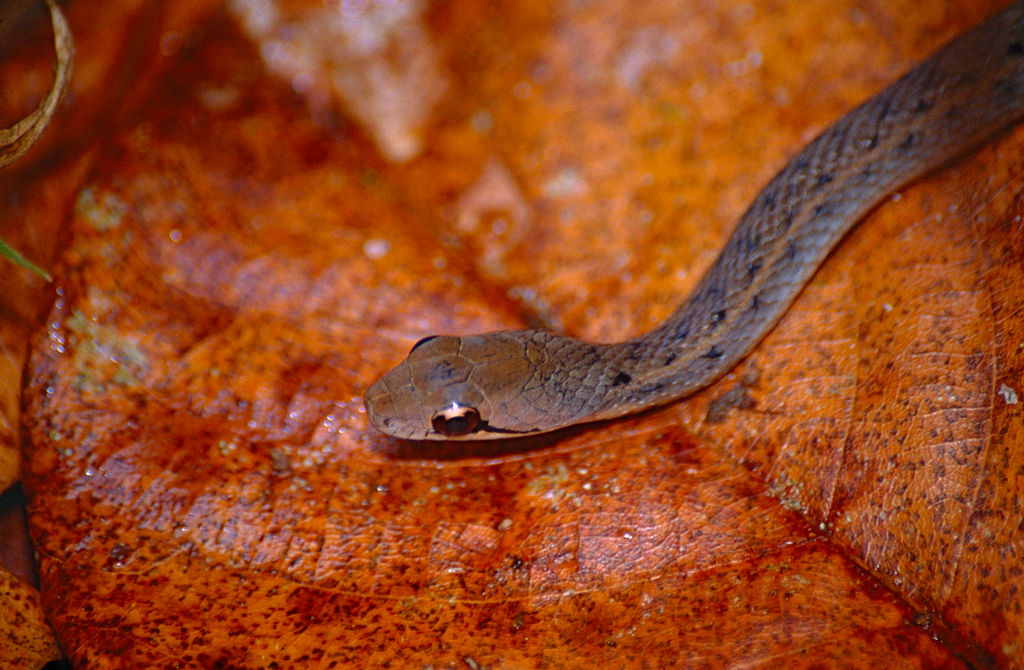
The preference for muddy waters makes certain snake species excellent bioindicators of environmental change and water quality shifts. Their presence or absence in particular water bodies can signal important ecological transformations that might otherwise go unnoticed. Environmental scientists increasingly monitor water snake populations to gauge the health of aquatic ecosystems, particularly in areas affected by human activities like agriculture and development. As watersheds experience changes in sedimentation, these specialized reptiles often respond by altering their distribution patterns, providing early warnings of potential ecological disturbances. In some cases, such as with the Lake Erie water snake, these adaptations have allowed populations to persist despite significant habitat alterations, demonstrating remarkable ecological resilience.
Seasonal Behavior Patterns

Many snake species exhibit seasonal shifts in their preference for water turbidity, reflecting changing needs throughout the year. During breeding seasons, the protective qualities of muddy water become particularly valuable as snakes engage in mating behaviors that might otherwise expose them to predation. Conversely, some species may seek clearer waters during certain feeding periods when specific prey becomes abundant. Winter behavior patterns often show increased utilization of muddy substrates, where snakes can burrow into the sediment for brumation (reptilian hibernation). Research tracking the seasonal movements of cottonmouths has revealed that individuals will travel significant distances to find optimal water conditions as their physiological needs change throughout the year.
Specific Snake Species and Their Preferences

Different snake species show varying degrees of preference for muddy waters, with some being completely specialized for turbid conditions while others are more adaptable. The cottonmouth (Agkistrodon piscivorus) strongly favors muddy swamps and backwaters, where its dark coloration and ambush hunting style are particularly effective. By contrast, the common garter snake (Thamnophis sirtalis) demonstrates more flexibility, utilizing both clear and muddy waters depending on local conditions and prey availability. The rainbow water snake (Enhydris enhydris) of Southeast Asia has evolved specific adaptations for hunting in rice paddies and other turbid agricultural waterways, where visibility is perpetually limited. The African file snake (Mehelya capensis) represents perhaps the most extreme specialization, with a body structure and hunting strategy entirely optimized for navigating through muddy substrates while detecting prey through vibration sensing.
Human Impact on Snake Habitats and Water Clarity
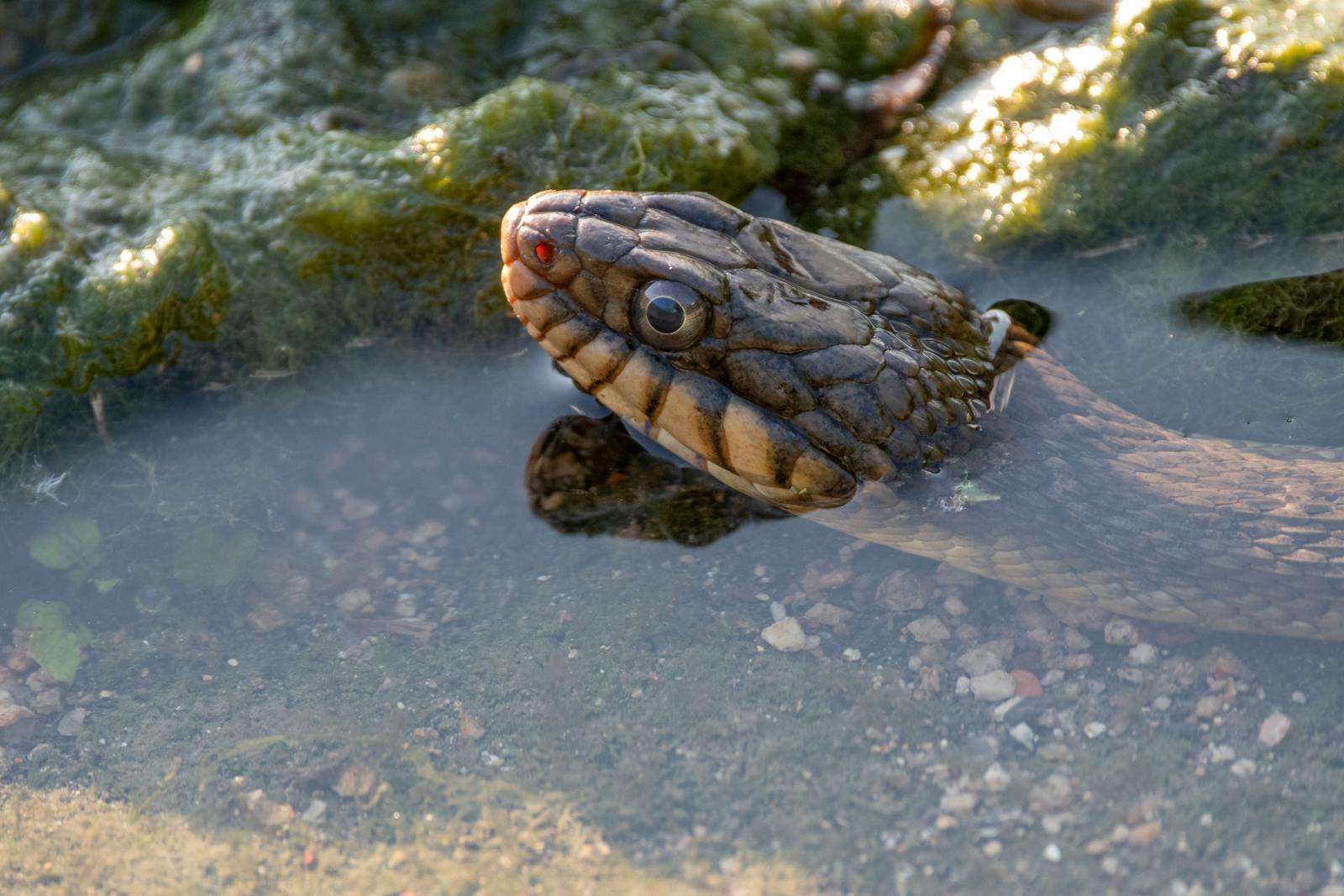
Human activities have dramatically altered water clarity in many ecosystems, creating both challenges and opportunities for mud-preferring snake species. Agricultural runoff, deforestation, and construction projects have increased sedimentation in many waterways, potentially expanding suitable habitats for snakes adapted to turbid conditions. However, extreme pollution and habitat destruction can create waters that are too contaminated even for these adaptable reptiles, leading to population declines in heavily impacted areas. Conservation efforts increasingly focus on maintaining a balance of water clarity conditions across watersheds to support diverse aquatic communities. In some regions, restoration projects specifically aim to create habitat mosaics with varying turbidity levels to support the full spectrum of native snake species and their prey.
Conservation Implications and Future Research
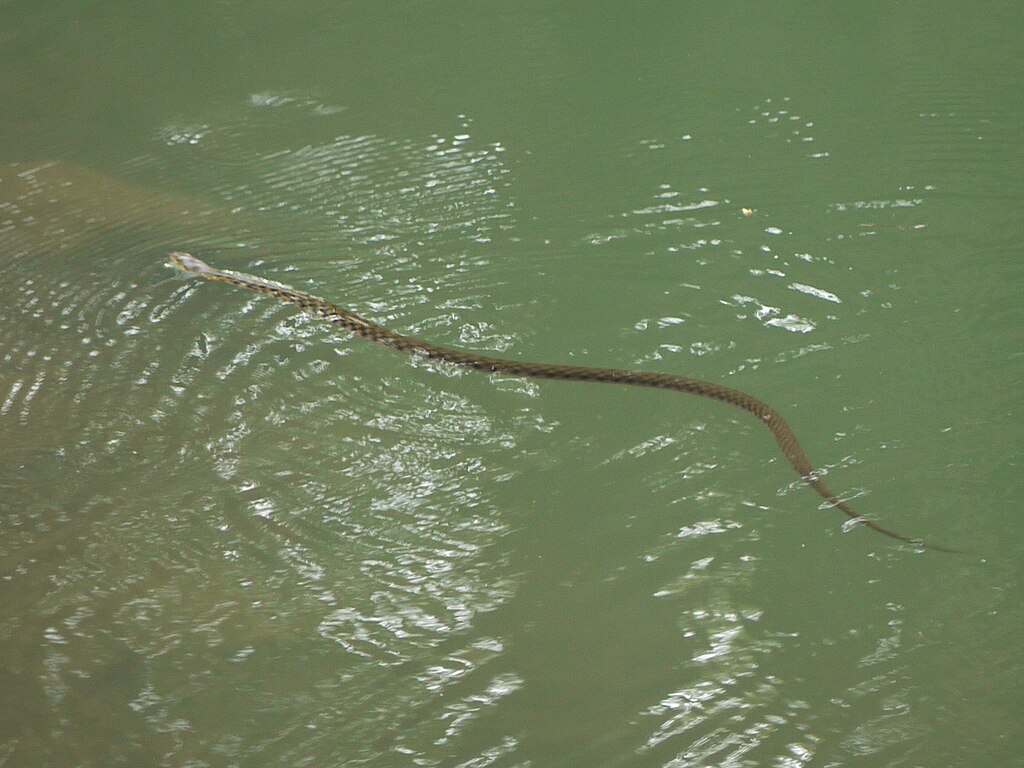
Understanding why certain snakes prefer muddy waters has significant implications for conservation strategies and habitat management practices. Protected area designs that incorporate a range of water clarity conditions can better support diverse snake communities and the ecological functions they provide. Future research directions include examining how climate change may alter sedimentation patterns and water clarity in key snake habitats, potentially shifting the distribution of species specialized for turbid conditions. Genetic studies are also revealing how historical water clarity patterns have shaped the evolution of different snake populations, providing insights into their adaptive potential. As environmental conditions continue to change rapidly, the specialized adaptations that snakes have developed for muddy waters may prove either advantageous or limiting, making ongoing monitoring and research essential for effective conservation planning.
Conclusion
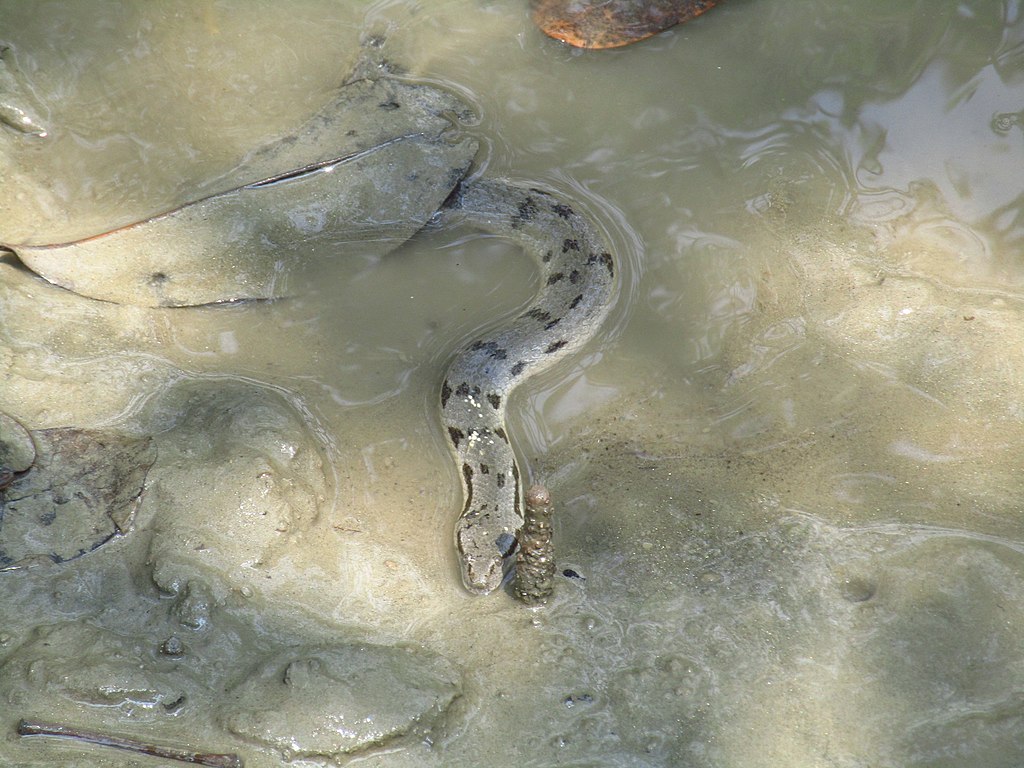
The preference of certain snake species for muddy waters over clear waters represents a fascinating example of ecological specialization. Far from being a random choice, this behavior reflects complex evolutionary adaptations that provide these reptiles with significant advantages in hunting, protection, thermoregulation, and reproduction. As we continue to alter aquatic ecosystems worldwide, understanding these specialized habitat preferences becomes increasingly important for conservation efforts. The muddy-water specialists among snakes remind us that sometimes, what appears challenging to us as visual creatures can be the perfect environment for organisms with different sensory adaptations. Through further research and habitat protection, we can ensure these remarkable reptiles continue to thrive in their preferred turbid domains.

